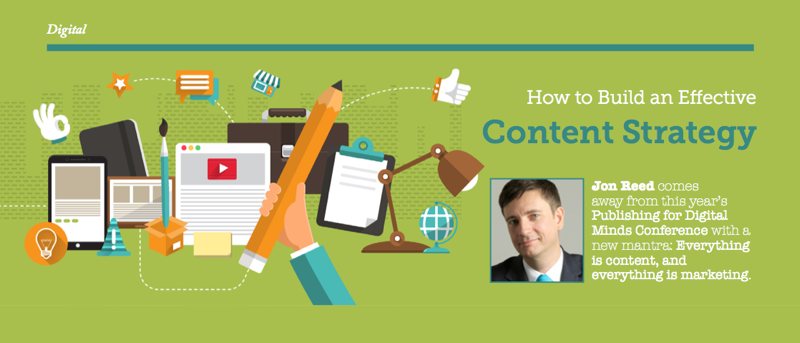the social media revolution
The Digg Revolt notwithstanding, there is a more general Internet revolution going on. It’s part of the web 2.0 thing you keep hearing about. The Internet has become social.
Last week, at Internet World, Stephen Taylor gave a keynote presentation on The Social Media Phenomenon. Stephen is Regional Vice President, Audience Group, Yahoo! Europe, and used the Yahoo-owned Flickr, the photo sharing site, as his main case study. Flickr was, of course, a shining early example of web 2.0 and social media long before Yahoo! got their hands on it.
Some of the key messages from the presentation:
- Social media is not just for kids – it is a fundamental change across the whole of the web and digital media
- Social media is having a huge impact on search – and search is still the dominant advertising vehicle for the web
- Web 2.0 is about a culture of participation, user-generated content, and the wisdom of crowds
- It has been enabled by ever-increasing take-up of broadband. Where once we watched, now we publish and broadcast
- There is a huge growth in the use of social media, though the money isn’t following yet
- The evolution of media has been from mass media to ‘my media’ to ‘we media’
- This shift in media from broadcast to something truly interactive has led to role changes, to the point where anyone with a keyboard is now an author; anyone with a camera is now a photographer; anyone with an iPod is now a DJ; and anyone with a browser is a publisher.
 So, back to Flickr. Flickr uses many recognisable web 2.0 features, and is social media in that the content is created by its users. Its users form a community, who organize, tag, comment on and share the content. They form interest groups. Some even create their own web applications using the Flickr interface. Above all, they share photos online. Who needs an album when you can put your photos on Flickr? Flickr is web 2.0, and social media, because it has:
So, back to Flickr. Flickr uses many recognisable web 2.0 features, and is social media in that the content is created by its users. Its users form a community, who organize, tag, comment on and share the content. They form interest groups. Some even create their own web applications using the Flickr interface. Above all, they share photos online. Who needs an album when you can put your photos on Flickr? Flickr is web 2.0, and social media, because it has:
- user-generated content (UGC). All the photos on Flickr are uploaded by users, rather than licensed from, say, Corbis or Getty.
- user-organized content. The content is tagged, described, organized and discovered not by editors, but by the users themselves. Click on an individual photograph in Flickr, and it will have been ‘tagged’ with a number of keywords by the person who uploaded it, describing the content of the picture. You can click on these tags to find other pictures with similar subject material. The important thing is that these tags are based on how users describe content, rather than how an editor describes it. And it’s a powerful way of finding relevant content. Even some commercial photo libraries allow user-tagging of contributed photographs, such as Alamy. It works, and it’s cheaper than employing picture editors. There is some argument about who invented tagging – Flickr or del.icio.us (both now Yahoo!-owned). The important thing is that this is a ‘folksonomy’ – how real people describe content.
- user-developed functionality. For those with the time and ability, Flickr make their Application Programming Interface (API) freely available to users. Many web 2.0 / social media sites do, such as YouTube and Google Maps. This means the technically-minded can create ‘mash-ups’ – original websites that use data from other website(s) and combine and use it in a novel way. For example, by combining the data from Flickr with data from Yahoo Maps, one user has produced a map of Route 66 with links to geotagged photos all along the route. Other users have done the same using Google Maps and Picasa to produce an oral history of Route 66, comprising audio, video and text interviews along the route as well as photographs.
Social media isn’t just about listing your favourite books and movies in your Facebook profile, and updating your friends on what you’re doing every minute of the day – although that is part of it. It’s also about ordinary people creating, organizing and sharing content, in highly networked groups. And you, too, can join in, if you do it in the right way. You can share your content with these groups. If it’s interesting enough to them, they’ll pass it on. They may visit your website and buy products from you. You might even be able to create interest groups around your products.
What you will certainly be able to do is engage with your customers in a direct, open way. In an age when trust is in ‘people like me’ rather than in companies or institutions, that’s something worth doing.

